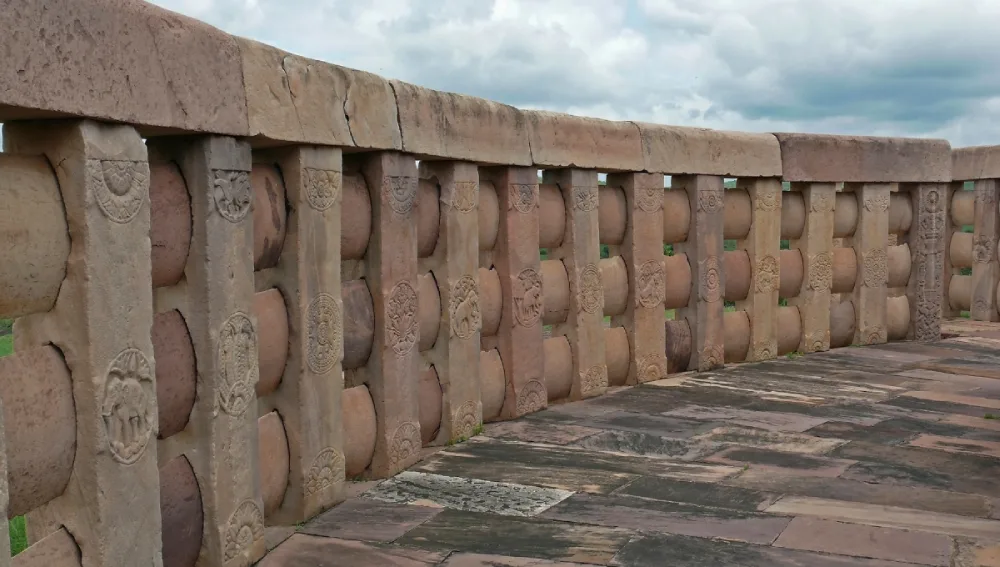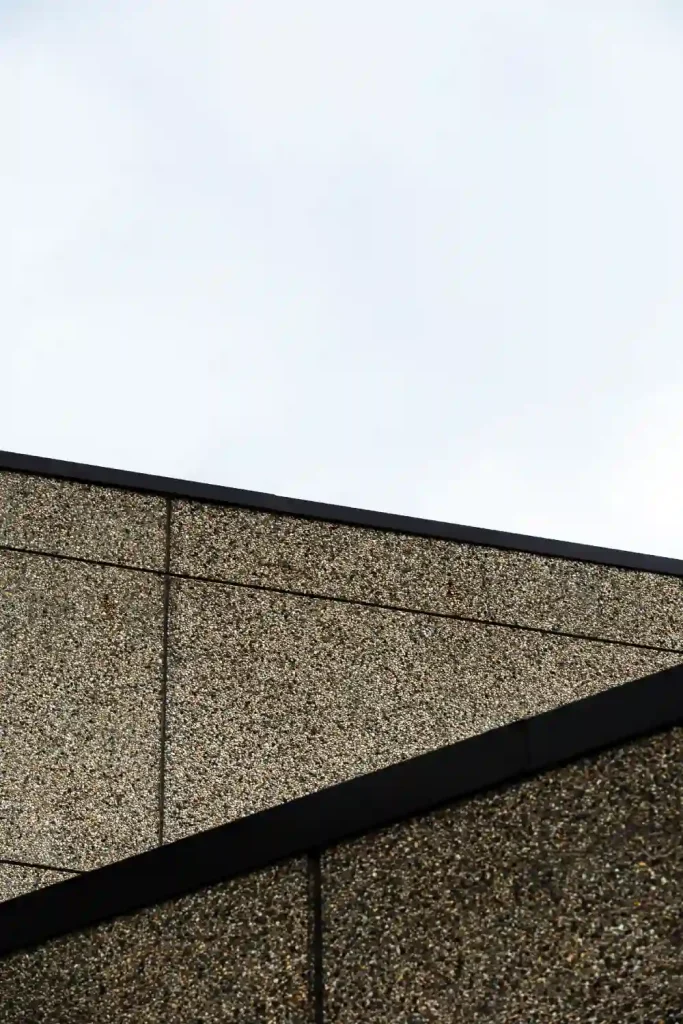The main aspect that protects a property from external sources is the compound wall encircling it. Whether to mark your boundary or to prevent outsiders from entering your premises, a compound wall can help you with numerous things.
This does not mean it should be strong, sturdy, and bland without any design. You can choose from multiple designs to decorate your compound wall. These ideas ensure security and are also visually appealing. Let’s look at some common types of compound walls in this article.
What Is A Compound Wall?

A compound wall encircles a building or property. It ensures privacy and protection against external sources. It prevents trespassers from entering your property. You can build a wall to secure your premises in several ways. They can be high or low and made with brick or other materials.
There are infinite possibilities in how you can construct your compound wall. Every aspect of your home, including your compound wall, reflects your taste. So, ensure you get the best out of them.
Types Of Compound Walls Based On Materials
You can use many sturdy and durable materials to make strong compound walls. You can use bricks, concrete, stones, wood, etc. Let’s look at some types of compound walls based on materials.
Brick Compound Walls
Brick compound walls are a popular choice for their classy appeal. These walls are durable and able to withstand harsh weather conditions. Brick walls are not very expensive and do not need very regular maintenance.
Stone Compound Walls
Stone compound walls are usually built using stones like granite, sandstone, or limestone. They are known for their longevity and aesthetic appeal. Stone walls can be left exposed without any plastering, to obtain a rustic or vernacular look for your house.
Wood Fencing
Wooden fences are often preferred by people who wish for a natural and affordable option for their compound wall. They are popular for their variety of colors and finishing options. However, wood fencing or walls need regular maintenance to prevent issues like rot and insect infestations.
Concrete Compound Walls
Concrete compound walls are a good choice for a low-maintenance, durable, and affordable compound wall. They also cancel noise and can protect you against wind, noise, and intruders. Concrete walls can be plastered and painted or left exposed to obtain a raw finish.
Bamboo Compound Walls
Bamboo compound walls are made from bamboo poles. They are unique and eco-friendly. They are easy to install. However, they may not be able to withstand harsh weather conditions.
Metal Fencing
Metal fencing is good for properties that require high security. It can be built using metals like aluminum, wrought iron, and steel. They are sturdy and can be customized to suit your needs and preferences. However, they require regular maintenance, such as painting or polishing, without which they are vulnerable to rusting.
Vertical Garden Walls
Vertical garden is another eco-friendly option that can add a touch of nature to your compound walls. This involves planting climbers and letting them grow on your compound walls.
Using flowering plants can add color to your garden wall and enhance its beauty. They can also provide shade, improve air quality, and regulate temperature. Consider factors like sun exposure, water requirements, and the look you desire while choosing plants for your vertical garden walls.
Jaali Compound Walls
A jaali compound wall is made of perforated stone or latticed screen. Jaalis can be made with blocks of terracotta or concrete, or even be sheets or screens with laser cut patterns. The walls have patterns like calligraphy, natural, or geometric patterns. The perforations in the wall allow natural air and sunlight to pass through. It also protects the property from outsiders.
Gabion Mesh
Why go for regular compound walls when you can install a unique and interesting compound wall? A gabion mesh compound wall involves using strong wire mesh cages that are filled with stones and other gravel materials as your wall.
This compound wall idea is a versatile option that is best suited for multiple terrains like slopes, waterfronts, and uneven grounds. They are generally permeable and allow water to seep through, which can help in directing water into the ground or soil part of gardens behind the wall.
Composite Compound Wall
A composite compound wall is a unique type of wall consisting of two or more materials joined together. Such walls may be made with a combination of materials like wood, plastic, brick, stone, concrete, etc.
These walls give privacy and protection while combining the best features of different materials.
Types Of Compound Walls Based On Finishing

Your compound wall is the first thing that outsiders see on your property. So, a neat finish is important. Let’s look at some kinds of finishing available for compound walls.
Plastered And Painted
Plastered and painted compound walls are a go-to option if you want a neat and smooth-finish compound wall. It is versatile and the plaster and paint can add several benefits for your wall structure. You can customize colors and patterns to your liking.
Exposed Materials
Constructing compound walls with exposed materials like wood, stone, brick, etc., is a good way to expose the natural beauty of the materials and bring about a rustic charm to your walls. It can add to your property’s beauty and become its primary focus point.
Incorporate Lighting
Incorporating lighting into your compound wall is a great way to enhance your walls’ overall appearance, especially at night. It also helps mark out your boundaries and protects against intruders. You can customize your lighting colors and designs to add more charm to your walls.
Conclusion
The above types of compound walls are some simple compound wall designs most people choose. You can choose any of these walls and further enhance its appearance with various materials.
You can get in touch with a professional for more clarity. Whatever wall design you choose, ensure it can provide you with the highest security for you and your loved ones, while also matching with and enhancing the overall aesthetics of your house.
FAQs
There are several materials you can use to construct a compound wall. Some common materials used are
Stones,
Bricks,
Concrete blocks,
Metal,
Precast concrete,
Wood.
A masonry compound wall can be built using
1) Bricks
2) Stone
3) Concrete blocks
An average compound wall will be around 4 to 6 feet in height. The height can vary based on your personal preference and construction requirements.

